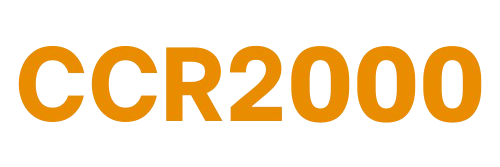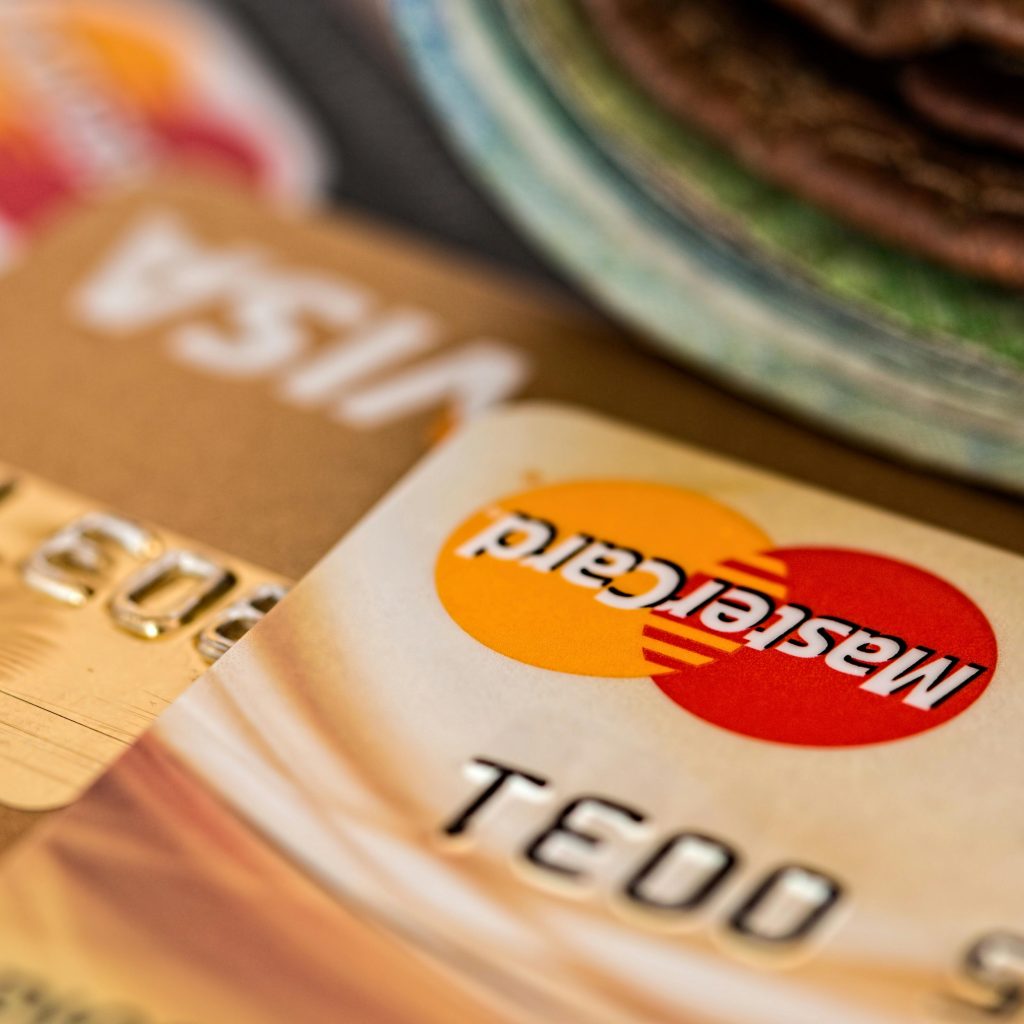Debt is money that is borrowed that must be repaid, usually with interest, over time. Some types of debt help you generate wealth, like buying a home with a mortgage, or future income, like student loans to pay for college education. Consumer debt, such as credit cards, auto loans, or personal loans, won’t increase your net worth or future income because the items depreciate in value, meaning they are worth less over time. Debt can build up quickly when not managed carefully. Follow these three steps to managing and getting out of debt:
Step 1: Stop Incurring Debt
The first step in managing debt is to stop incurring more debt. Follow these tips to avoid incurring additional debt:
- Budgeting – Having and maintaining a budget will help you manage both debts and expenses. When you take on debt, you are making interest payments instead of using that cashflow for other financial goals. Use a budget and set financial goals.
- Emergency Fund – The best way to avoid getting into debt is to have an emergency fund, a cash reserve that’s specifically set aside for unplanned expenses. How much to save depends on your personal situation, but a common rule is between 3-6 months of expenses.
- Insurance – Like an emergency fund, insurance can help keep you out of debt. Make sure you have adequate homeowners, renters, business, and automobile insurance to cover your expenses should an emergency occur.
Step 2: Pay Off Debt
Make paying off debt a priority. Effective debt management is not just knowing how much you owe, but how you owe. Prioritize paying off high-interest debts and debts that incur high fees or penalties. After you have itemized your debts, use these strategies to pay them off:
- Snowball Method – This payment method allows individuals to experience quick wins by eliminating smaller debts relatively quickly.
- List your debts from smallest to largest amount.
- Make minimum payments on each debt, except the smallest one.
- Use all extra money to pay off your smallest debt first.
- Repeat process after paying off each smallest debt.
- Avalanche Method – This payment method can lead to faster debt elimination, especially for those with large debts that have high interest rates.
- List your debts from highest interest rate to lowest interest rate.
- Make minimum payments on each debt, except the one with the highest interest rate.
- Use all extra money to pay off the debt with the highest interest rate.
- Repeat process after paying off each debt with the highest interest rate.
- Negotiate with Creditors/Lenders – You may be able to negotiate a settlement or repayment plan directly with your creditors and lenders. If you choose this option, make sure to speak with a manager that has the authority to adjust repayment terms and get your agreement with them in writing.
Step 3: Use Caution
Be especially cautious when dealing with companies that offer to assist you with debt management. Do your research to make sure the company and their offers are legitimate. Choose an option that best fits your individual situation.
- Debt Consolidation – Debt consolidation is a way to streamline loans while reducing monthly payments. It requires the borrower to pay their full debt balances using funds from a new loan. This approach is best if you can get a loan at a lower interest rate, otherwise you are just moving debt from one place to another.
- Debt Settlement – Debt settlement involves hiring and paying a third-party company to negotiate a lump-sum payment for your creditors instead of paying the total outstanding balance. These settlement companies typically charge a fee between 15–20 percent of the total debt amount.
- Debt Collection – If you are contacted by a debt collection company, make sure the debt is valid before paying anything. If you think the debt collector is in error, dispute it. In California, consumers have specific rights regarding debt collection.




What a fascinating read! I’ll definitely be returning to this site for more content like this.